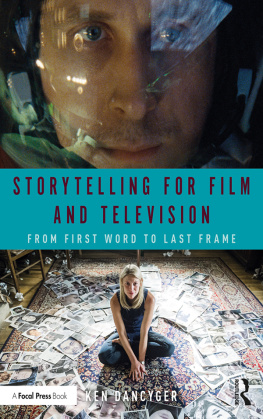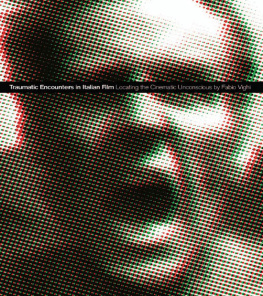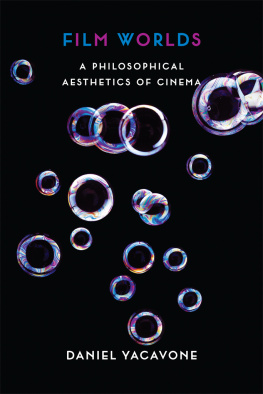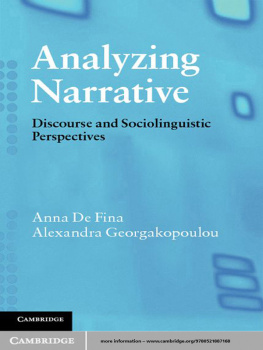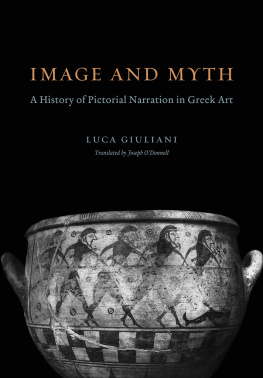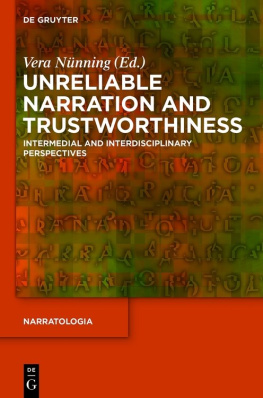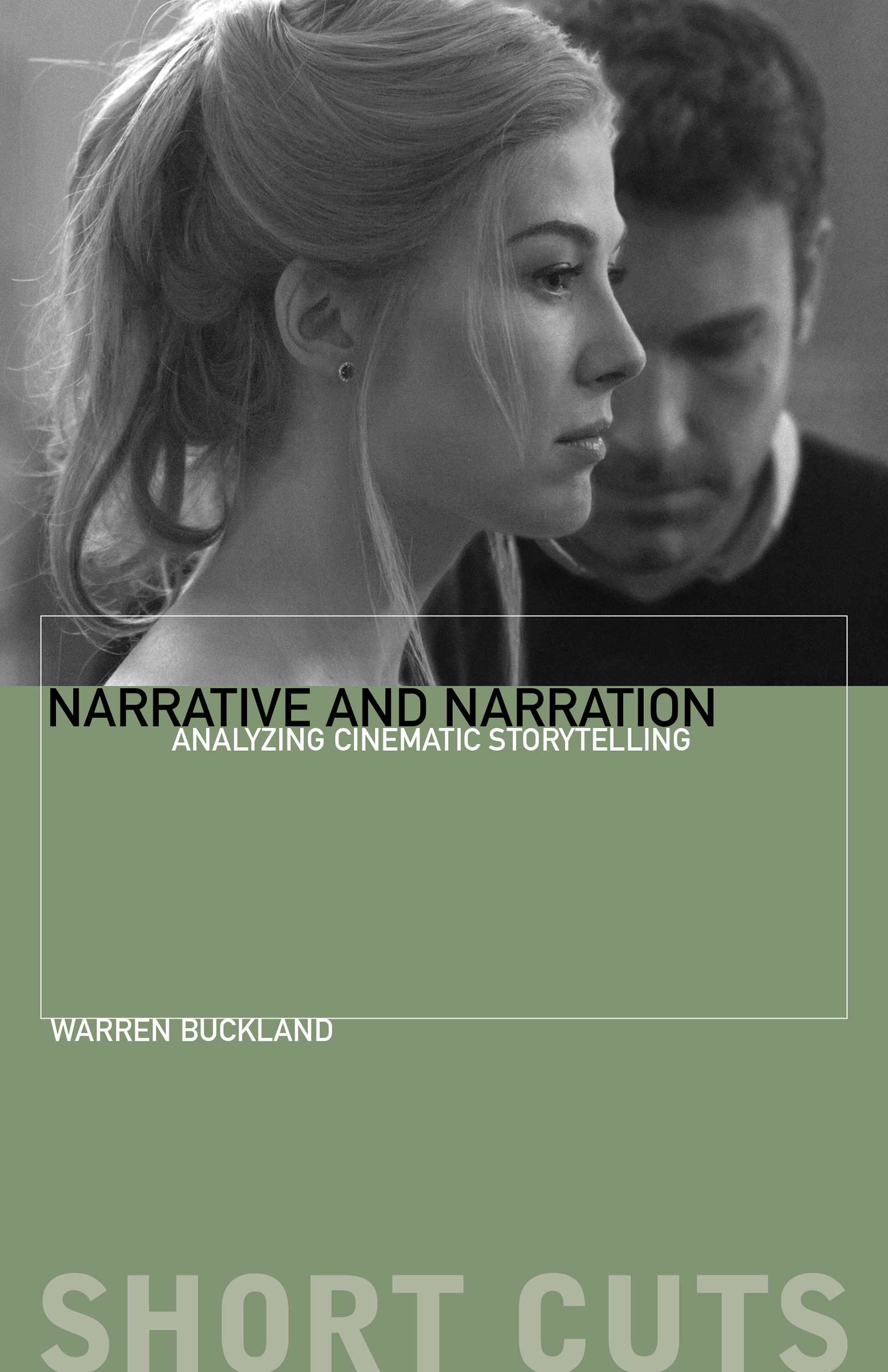Contents
Guide
Pagebreaks of the print version
SHORT CUTS
INTRODUCTIONS TO FILM STUDIES
SHORT CUTS
INTRODUCTIONS TO FILM STUDIES
FOR A COMPLETE LIST OF TITLES IN THE SERIES, PLEASE SEE
NARRATIVE AND NARRATION
ANALYZING CINEMATIC STORYTELLING
WARREN BUCKLAND

WALLFLOWER
NEW YORK
Columbia University Press
Publishers Since 1893
New YorkChichester, West Sussex
cup.columbia.edu
Copyright 2021 Columbia University Press
Wallflower Press is an imprint of Columbia University Press
All rights reserved
E-ISBN 978-0-231-54359-0
Library of Congress Cataloging-in-Publication Data
Names: Buckland, Warren, author.
Title: Narrative and narration : analyzing cinematic storytelling / Warren Buckland.
Description: New York : Wallflower [2020] | Series: Short cuts | Includes bibliographical references and index.
Identifiers: LCCN 2020017576 (print) | LCCN 2020017577 (ebook) | ISBN 9780231181433 (trade paperback)
Subjects: LCSH: Motion picturesPhilosophy. | Narration (Rhetoric) | Motion picture authorship.
Classification: LCC PN1995 .B7977 2020 (print) | LCC PN1995 (ebook) | DDC 91.4301dc23
LC record available at https://lccn.loc.gov/2020017576
LC ebook record available at https://lccn.loc.gov/2020017577
A Columbia University Press E-book.
CUP would be pleased to hear about your reading experience with this e-book at .
Cover image: Twentieth Century Fox Film Corporation/Photofest
CONTENTS
In Rear Window (Hitchcock, 1954) the hero, Jeff, is confined to his wheelchair looking out of his window at his neighbors. Except in a few significant scenes, the camera remains attached to Jeffs awareness and visual experience of the storys events. This means that the spectators access to the story is restricted, for it is filtered through the consciousness of one character. One night he hears a scream from an apartment occupied by his neighbor (Thorwald) and his wife; he later sees Thorwald leaving and returning to his apartment several times, carrying a large case. The spectator experiences these events from Jeffs perspective. But in the early morning Jeff falls asleep; the camera then pans from the sleeping Jeff across the courtyard and shows Thorwald and a woman leaving the apartment; the camera then pans back to Jeff, still asleep. This is a moment of omniscient narration, a form of storytelling that places spectators in a position of superiority over the main character. In this moment in Rear Window , spectators are given more story information than Jeffof Thorwald leaving the apartment with a woman.
When nurse Stella turns up, Jeff tells her he thinks Thorwald has murdered his wife and has disposed of her body, and provides the clues (screams, Thorwalds comings and goings with a large case). Up to the moment Jeff falls asleep, spectators make the same inferences, for they share the same story information. But when Jeff falls asleep, spectators see what Jeff does not seeThorwald leaving the apartment with a woman. From that moment in the film, spectators think differently from Jeff because of the additional information they have. Jeffs detective friend Doyle becomes involved, and eventually discovers the same piece of information, and tells Jeff that Thorwald was seen leaving the apartment with a woman and took her to the train station, while Thorwald returned to the apartment. Doyle then reinterprets the events as a domestic dispute, and the characters and spectator alike are encouraged to assume that the woman who left the apartment was Mrs. Thorwald. Only toward the end of the film do the characters and spectators discover it was not Mrs. Thorwald leaving the apartment, but instead was Mr. Thorwalds new love interest, and Thorwald did after all murder his wife, cut up her body, and carry it out of the apartment in his case.
This book presents the thesis that the success or failure of a film such as Rear Window is determined by the effectiveness of its storytelling. The theory presented in the following chapters identifies the basic components of cinematic storytelling across several filmmaking practices and explains how they contribute, either singly or in combination, to a films overall design. However, making a successful film is not simply a matter of using a particular storytelling component or not. Instead, a films success is determined by how it creates a well-formed narrative structure and the way it limits and discloses that narrative to spectators. A film with popular stars, famous directors, and high production values can still fail if its storytelling components are not well formedif they do not effectively contribute to the films overall design.
But well-formedness is not the whole story. All theories of storytelling go beyond the immediate surface of films and identify the underlying components and structures that make them meaningful. While certain components of storytelling simply shape films into a pleasing aesthetic pattern, creating a sense of unity, balance, and coherence, other components organize films through oppressive ideological valuespatriarchy, racism, inequality, homophobia. Remaining on the surface will not lead to an adequate understanding of ideology nor will it inspire screenwriters (and storytellers more generally) to challenge and replace it with an alternative. This is why theories that identify the underlying components of storytelling and expose their ideological values are fundamental to the study of filmmaking.
The terminology used to study storytelling is notoriously complex and contradictory. But the terminology is less important than the conceptual distinctions the terms try to identify. Robert Burgoyne provides some clarification when he asserts that narrative analysis distinguishes such elements as story outline and plot structure, the roles played by the characters or actors, the way narrative information is channelled through point of view, and the relationship of the narrative discourse to the inhabitants and events of the fictional world (1990, 3). More specifically, theoreticians of narrative make the following conceptual distinctions:
- a chronological sequence of character-centered actions and events;
- the rearrangement or reorganization of those actions and events;
- agents (narrators, authors, and enunciators) who control the spectators access to the sequence of actions and events; and
- the manifestation of actions, events, and agents in a particular medium.
These distinctions form the core of this book and are introduced in focuses on the seminal work of Vladimir Propp (1968), Umberto Eco (1979), and Peter Wollen (1982), who reduce narrative to its system of preexisting elements and their rules of combination. This work is independent from any specific practice of filmmaking; it not only enables film scholars to identify the conventions of classical Hollywood cinema, to define it as the dominant mode of filmmaking, but also assists in identifying and defining the strategies of alternative filmmaking practices.
The process that rearranges narrative and filters it through the characters and narrators is usually called narration or plot. Its function is threefold: to reorganize narrative actions, to control spectators access to those actions, and to filter those actions through characters and narrators. These three aspects of narration are discussed in and illustrated with examples from Gone Girl (David Fincher, 2014), beDevil (Tracey Moffat, 1993), and Jurassic Park (Steven Spielberg, 1993).



